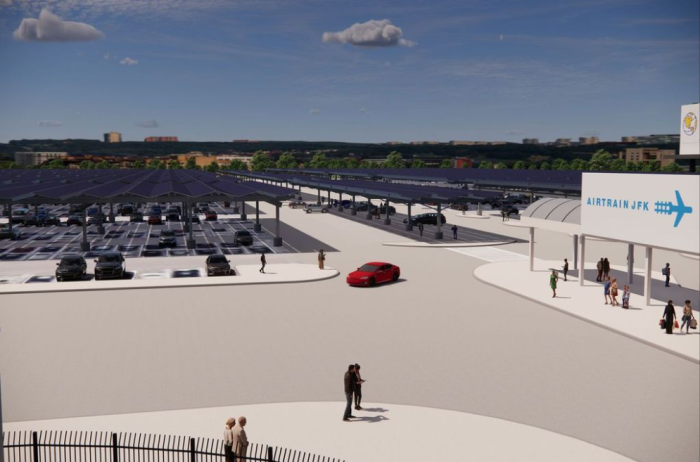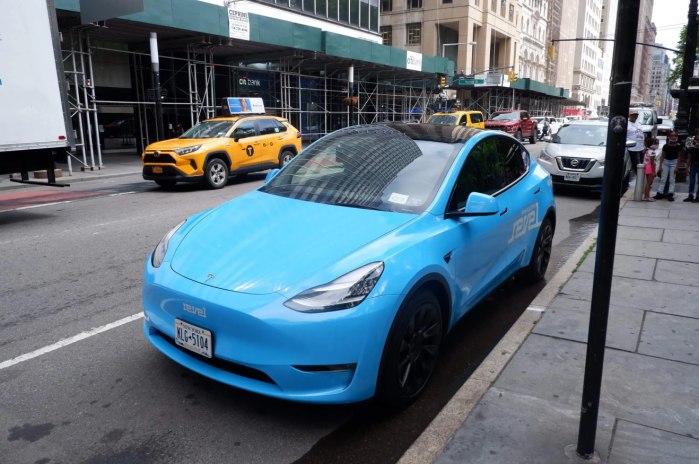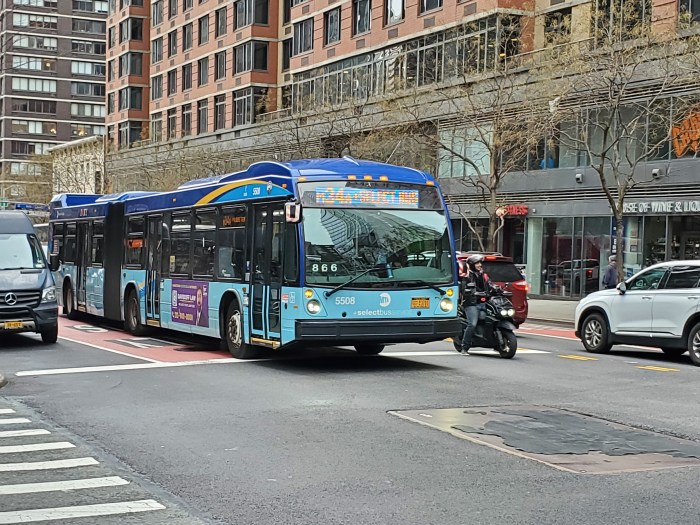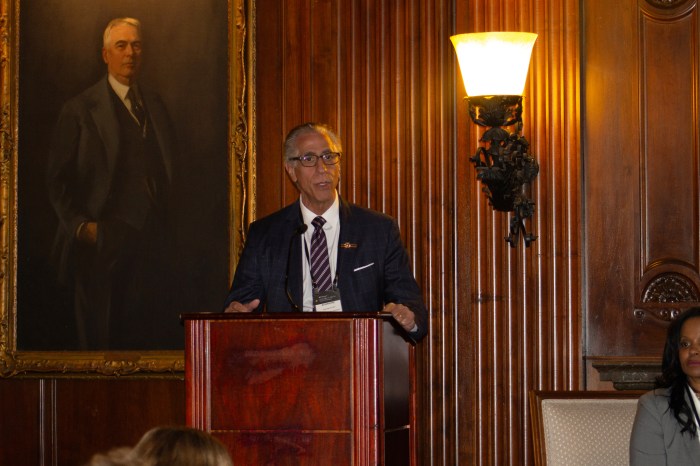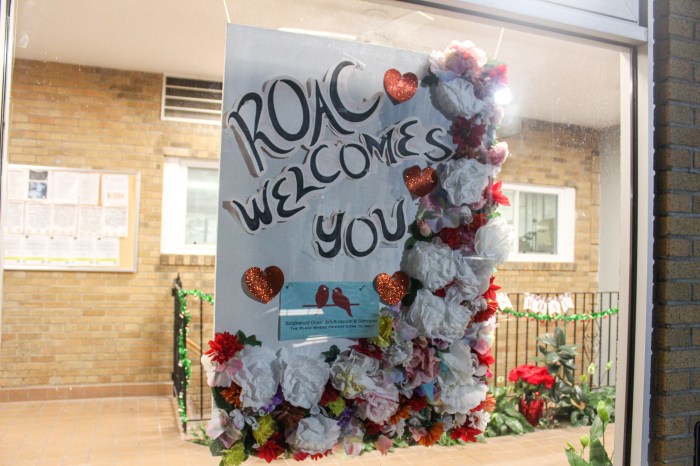The MTA approved the largest capital plan in its history Wednesday — almost $30 billion that will be spent on new train cars and buses, extending the LIRR to Grand Central, and upgrading the signal system. It was about 10% smaller than the original proposal, with cuts that include $1 billion from the Second Avenue Subway.
Board members approved the $29 billion proposal, which will be funded by sources that include the feds, city and state, as well as riders’ fares and tolls. More than $8 billion will come from the state and $2.5 billion from the city. The MTA also expects the feds to contribute $6 billion.
The new plan cut $1 billion from extending the Second Avenue Subway to East Harlem. The new line is slated to open on the Upper East Side next year. The route will help alleviate crowding on the Lexington Avenue line. Only $535 million will go toward the extension from 96th Street to 125th Street, and just preliminary construction work will begin on it, such as relocating utilities.
The MTA said the decrease is because the funds aren’t available, according to documents. Also, there might not be enough time for the project in the next plan, which began this year and runs through 2019.
“We needed more in order to do more. Now we’ll do less,” said spokesman Adam Lisberg. “To be fair, the delay in plan approval meant we might not have been able to start real construction by the end of 2019 anyway, so we’re acknowledging we won’t get as much done, and adjusting the budget line accordingly.”
Despite this, the city will get more than $14 billion for the subway system.
It will gain almost 1,000 new cars, 72 miles of new tracks, 20 station makeovers and more than $560 million for repairs on everything from staircases to station platforms. There will also be an upgrade to the signal system on three lines.
“That’s going to have a huge impact on riders all over the city,” said DOT Commissioner Polly Trottenberg, who sits on the MTA board.
Two sets of five prototype open-gangway subway cars, which are similar to articulated buses, will also be purchased for $52.4 million. In that model, which fits more passengers, riders will be able to walk from car to car without opening doors.
The MTA will test them out on the lettered lines, and they will need to undergo testing by engineers before running in passenger service, officials said. They will look at everything from clearance between the cars and tunnel walls and how they move in curves to passenger comfort and air circulation. It is not clear yet when they will be purchased.
There will also be money for a new physical connection between the No. 3 and the L line in Brooklyn, which will bridge the Junius Street and the Livonia Avenue stops in Brownsville.
“Aside from the new building taking place in this part of Brooklyn, it’s the last place in the subway where two lines cross each other and there is no physical connection,” said Andrew Albert, who chairs the Transit Riders Council and sits on the MTA board.
“This connection can give residents of eastern Brooklyn a possibly faster and more direct route to their destination. It’s been a long time coming.”
The MTA will also study the possibly of extending the No. 3 and 4 lines in Brooklyn on Utica Avenue, an idea that Mayor Bill de Blasio pitched last year.
About $2 billion will be spent on the city’s buses, such as more than 1,700 new local and express buses. Almost $35 million will go toward designing a bus rapid transit system on the North Shore of transit-starved Staten Island. It will include features like a dedicated lane for buses that cars can’t enter, and off-board fare collection.
Staten Island board member and riders’ advocate Allen Cappelli said he has been fighting for bus rapid transit under four governors, four members of Congress and three mayors.
“It’s a big day for Staten Island. After a decade of pleading with the MTA to improve mass transit infrastructure this will be the future of transportation for Staten Island for decades to come,” he said. “It will eventually revolutionize how people move in Staten Island.”
A state review board has to approve $26.1 billion of the plan next month, the portion not funded by bridge and tunnel tolls. The Mayor’s Office said that its funding will come from its capital dollars and public financing. Gov. Andrew Cuomo has said its $8 billion will come from the state budget.
The MTA chairman compared paying for the capital plan to a steeple chase, as well as giving birth, and said he won a chase when he was a senior.
“If you want to win a steeple chase, you walk the course before time, so you know what the hazards are,” he said. “When you actually start the steeple chase, I know this from experience, you have to concentrate on the hazards in front of you. Because if you lose that hazard, you lose the race.”











